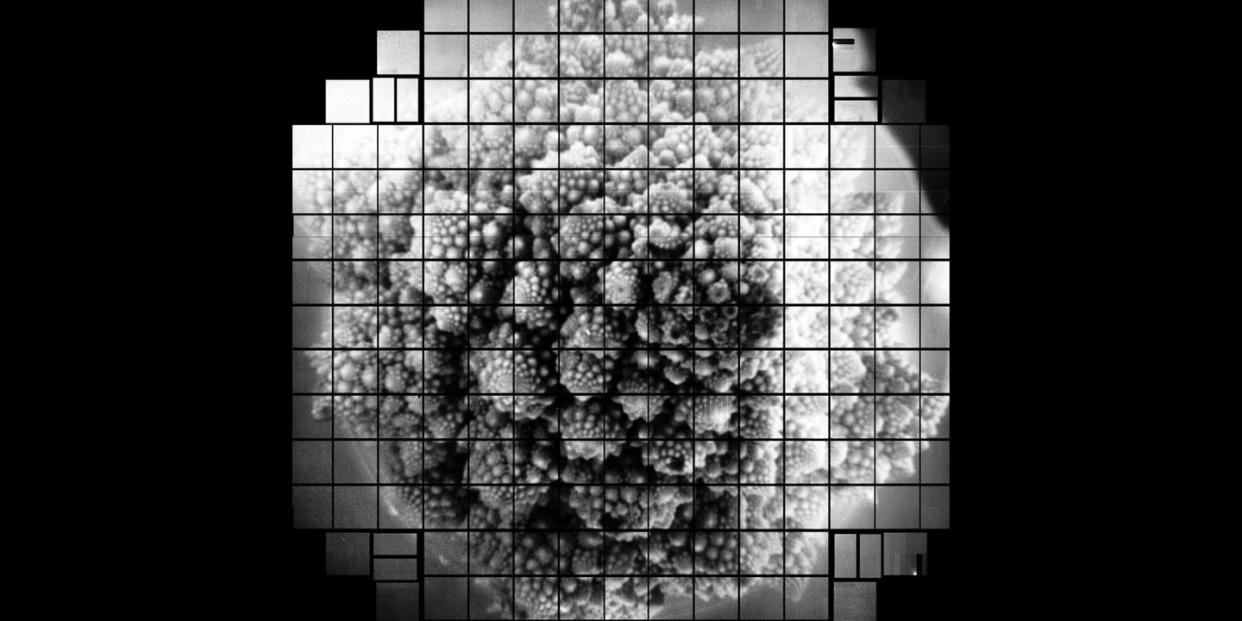The World's Largest Digital Camera Will Capture 20 Billion Galaxies. But First, Broccoli.

A new world-record observatory camera has taken its first 3,200-megapixel images.
Observation from telescopes helps scientists study astrophysics, cosmology, and more.
This camera will capture 20 billion galaxies in luxurious detail.
As smartphone cameras near 20 megapixels, it’s time for research observatories to step up their game—like the camera core of the planned Vera C. Rubin Observatory, which has just taken its first 3,200-megapixel images.
📸 You love badass gadgets. So do we. Let's play with them together.
Vera will be part of the U.S. Department of Energy’s Stanford Linear Accelerator Center, now called just SLAC National Accelerator Laboratory. The camera unit will be formally named “Legacy Survey of Space and Time (LSST) Camera,” and it took its first test shots of a surprising, but beautiful, subject: a fractal-like Romanesco broccoli. That’s it above.
“The photos are the largest single-shot pictures ever taken, SLAC officials said—so big that showing just one of them full-size would require 378 4K ultra-high-definition TVs,” Space reports. “The resolution is so good that a golf ball would be visible from 15 miles (25 kilometers) away.”
That resolution is accomplished by tiling together an array of wildly powerful sensors that record light and darkness, the same as any regular consumer digital camera. Assembling and testing them all together is, in a way, like taking and “stitching together” photos that form panoramas in Instagram, for example.
But instead of moving one camera, you’re assembling more than 20 “sensor rafts” that cost $3 million each into one seamless unit. What results is an unprecedentedly large “focal plane,” the entire surface that can capture an image in one click—a two-foot-wide array that will complement a telescope powerful enough to illuminate even extremely dim objects in space. Light is allowed in through an aperture, in this case a pinhole to an illuminated head of Romanesco broccoli.
The Best Camera Phones
All of this sensing and capturing power comes at a temperature cost, and the LSST camera’s sensor array had to be assembled and then placed inside a supercooling cryostat. The assembly is kept at -150 degrees Fahrenheit in order to stay operational. After receiving all the parts and doing much of the work in January, the scientists had to wait months to begin their work again with lower staffing and social distancing in place.
With this massive amount of photographic power, what will the LSST camera be doing? The answer is suitably grand in scale. “Once installed at Rubin Observatory in Chile, the camera will produce panoramic images of the complete Southern sky—one panorama every few nights for 10 years,” Stanford University says in a statement. “Over 10 years, the camera will collect images of about 20 billion galaxies.”
These initial images don’t even have the benefit of the full camera assembly, which will be completed in the next few months. That means a new story about the largest optical lens ever made, for example, and the entire camera will be the size of an SUV. The finished unit will be taken to Chile and installed in the middle of next year.
You Might Also Like

